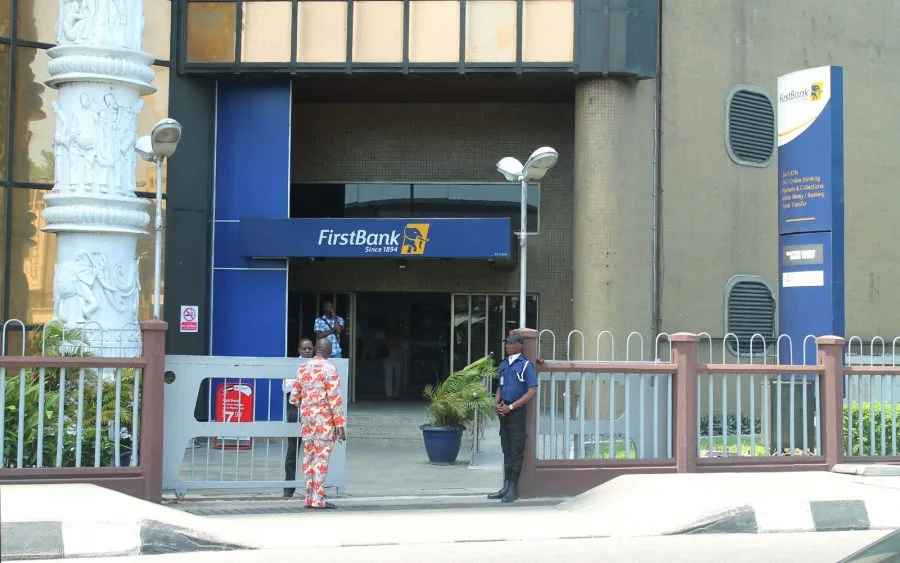Small businesses can use social media to increase brand awareness, connect with customers, and drive sales. It is a long-term investment, and it takes time to establish a solid social media presence. That requires patience and consistency in your efforts.
At the FirstBank SME Connect webinar, First Bank Nigeria Limited recently urged SMEs to use social media platforms to promote and create content strategies to ensure business growth and success.
The theme of the webinar was “Leveraging Social Media for Business Success: Best Practices and Strategies for Building Your Brand and Growing Your Audience.”
Tobi Asehinde, the founder of the Digital Marketing Skill Institute, urged business owners to use social media to grow their brands and to collaborate with large platforms to increase brand visibility.
According to him, business owners must build a credible brand on social media in order to earn trust.
He identified four types of credibility that business owners can use to build their brands: presumed credibility, reputed credibility (third-party reference), surface credibility (using high-quality images to engage customers), and earned credibility.
Chinwe Bode-Akinwande, First Bank’s Head of Digital Marketing, also urged business owners to nurture the link in the middle of their sales channels by creating quality content that would attract customers to their brand.
She also noted that there is a need for individuals to have a business calendar, choose content formulas, research the latest trends on social media platforms, and monitor the performance of content.
Michael Olanrewaju, Head of Growth, Cashaam, a social commerce platform and marketplace for micro-entrepreneurs, shared three secrets on how SMEs could effectively run Facebook ads on WhatsApp and Amazon.
He said: “So, the first secret to revolutionizing your business is targeting your ideal customer, this means understanding their needs, interests, and pain points and creating the content of your advertisement that speaks directly to them.”
“So by doing this, you will be able to attract more of the right customers to your business.”
“The second is optimizing your ads for conversion, using a particular objective called sales or conversion, which involves constant monitoring and tweaking your ads to make sure they are performing at their best.”
“Thirdly, it’s the campaign budget optimization; when you run out a campaign, you have to set up a budget for your campaign which is the total amount of money that you are going to spend on your adverts”






